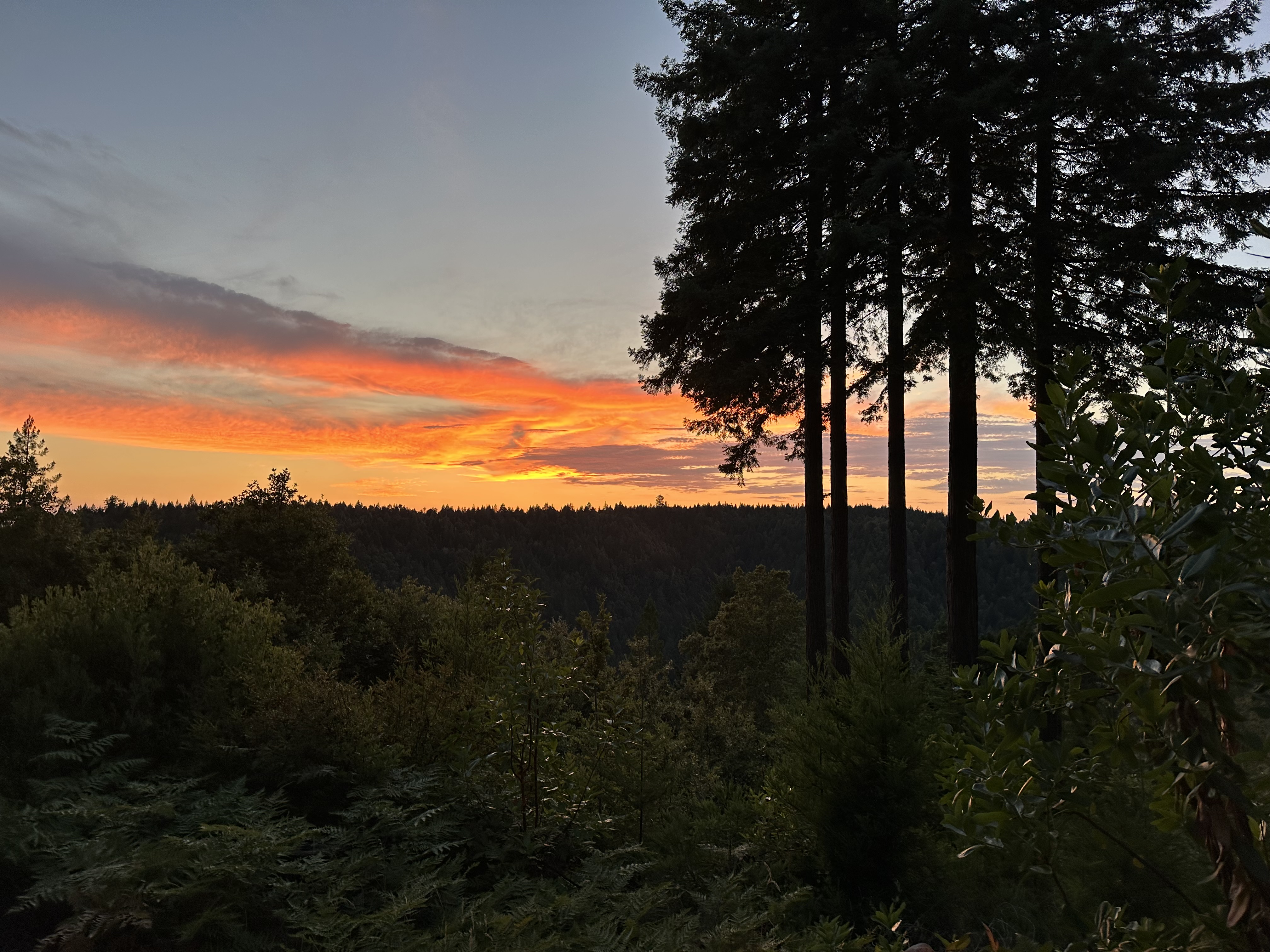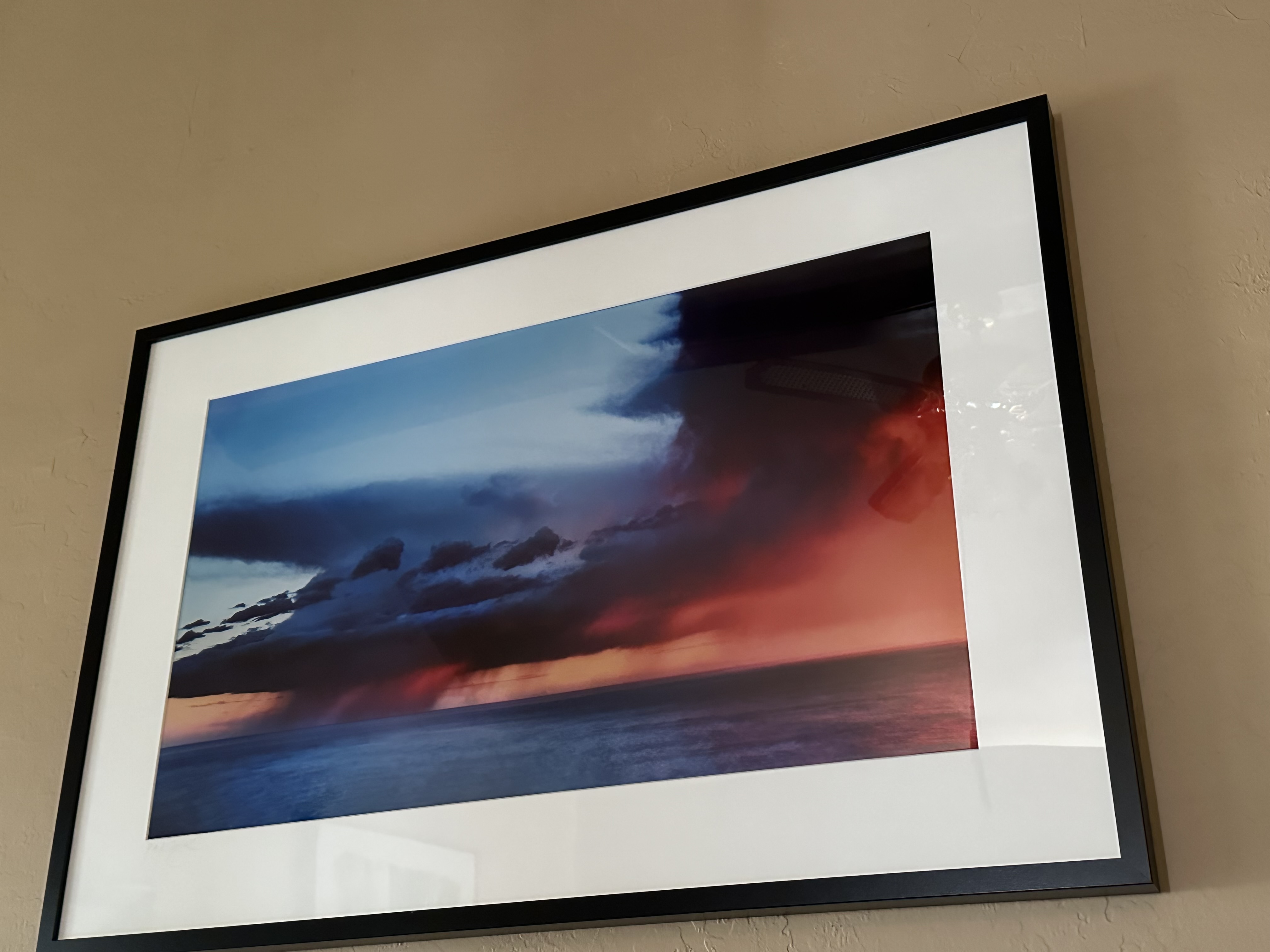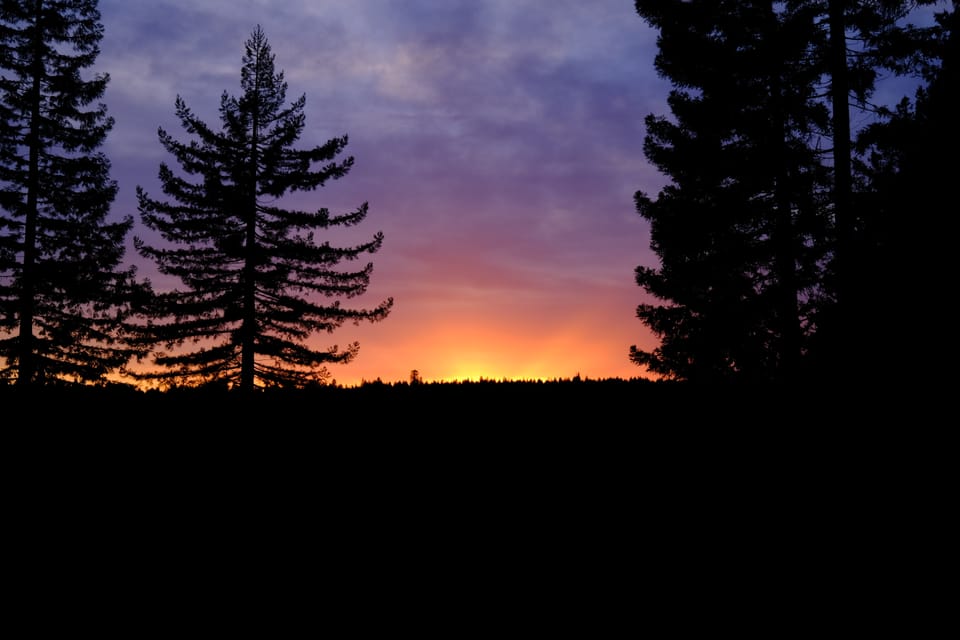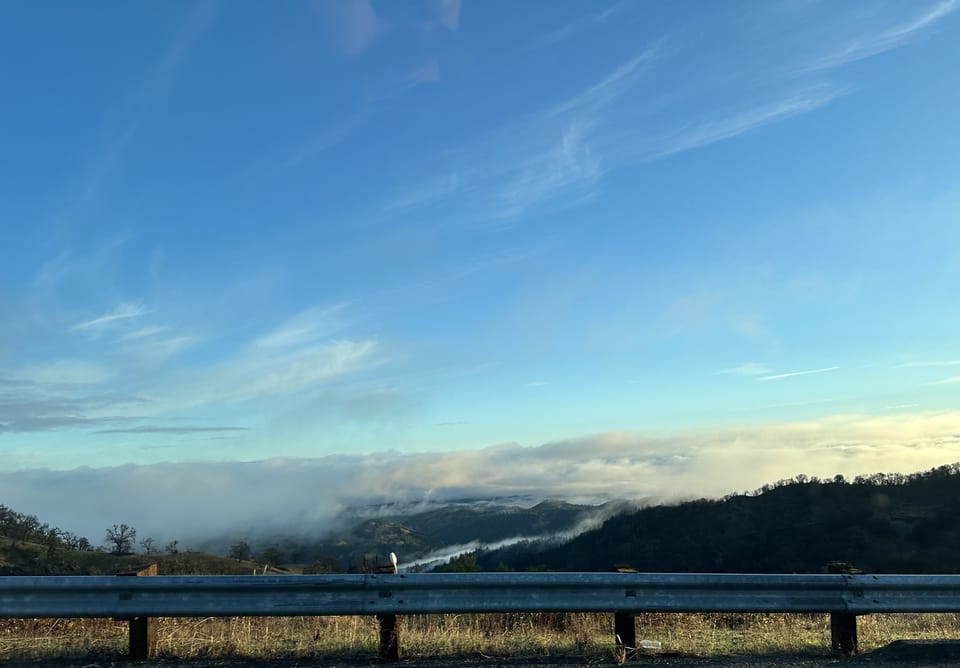It’s good to be back
In which we get back in the groove and follow the rainbow.

As my favorite Lord of the Rings character says, “Well, I’m back”. Thankfully I’m returning from a fun experience and not a trip to Mordor.
Thanks for watching over the place while I was out 😉. A few things before we jump in:
- Welcome to the new subscribers! We hit a milestone while I was out and I’m blown away. I’m glad you’re here and I hope you enjoy your stay!
- Since I’ve been out, some of the stuff I’ll cover is likely old news at this point.
- I’m not going to cover the fires in Maui. It’s likely you’re up to date on this event already. I will however call out that if you feel like donating, World Central Kitchen is my go-to. I know they’re doing work there to feed residents.
On with the show.
Follow the rainbow
And you might just see a rainbow cloud. Saw someone pass along a photo of one of these and had to look it up.
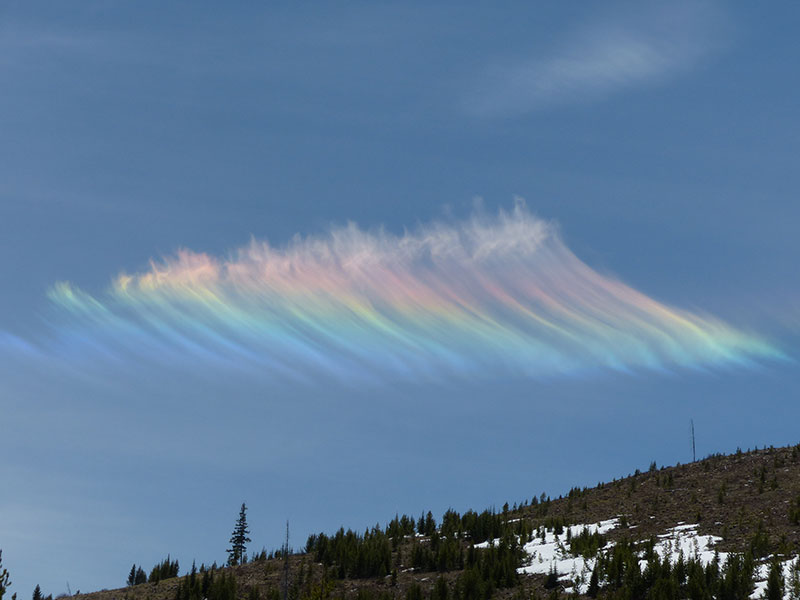
A rainbow cloud can occur because of something called cloud iridescence. It usually happens in altocumulus, cirrocumulus, lenticular and cirrus clouds. Iridescent clouds happen because of diffraction – a phenomenon that occurs when small water droplets or small ice crystals scatter the sun's light.
The Weather Feed is a reader-supported publication. To receive new posts and support my work, consider becoming a free or paid subscriber.
Ah yes, this again
We touch on weather and climate communication every now and then. A recent comment from António Guterres (the U.N. Secretary General) had people talking about this topic again.
Speaking at UN Headquarters, the Secretary-General underscored the need for global action on emissions, climate adaptation and climate finance.
He warned that “the era of global warming has ended” and “the era of global boiling has arrived.”
Source: https://news.un.org/en/story/2023/07/1139162
My take on the argument (for whatever that’s worth), is that some people say that language like that isn’t really helpful, and that we can become desensitized to this kind of messaging. On the other hand, some people argue that we’re not taking climate change seriously enough and that severe language is needed. My personal preference is to have more straightforward communication with just the facts but I know that approach isn’t always convincing enough for some (neat YouTube video that talks about climate arguments and communication).
Here’s a WaPo article that talks more about this, and a quote I pulled from it:
“He [Guterres] tried to come up with an even more compelling and sensational wording to try and get people’s attention, and I think we all understand why he’s doing that, because we have to make the governments take climate change seriously and put it at the top of their agendas,” Piers Forster, professor of climate physics at the University of Leeds in England and chair of Britain’s Climate Change Committee, said in an interview Saturday.
“But I think some of what he’s saying now is beginning to depart from the underlying scientific evidence, and ultimately that begins to lose credibility over time. It just desensitizes us all.”
Source: https://apple.news/ADWAd4OWeQlqpd8GwtDh5Xw
Let’s lighten things up a bit
And do the wave! It appears that with warming temps, waves (at least along the CA coast) are getting taller. That’s definitely an impact I hadn’t thought of before.
Earlier this year, California was pummeled by what local surfer’s described as the best swell in decades: massive waves that damaged piers, crumbled sea cliffs and flooded coastlines. A new study finds that wave heights are getting bigger along the California coast as global temperatures have warmed.
The study, published Tuesday in the Journal of Geophysical Research: Oceans, looked at nearly a century’s worth of data, and found that the average height of winter waves have grown by about a foot since 1969. The number of storm events that produced waves greater than 13 feet in height has also increased, the study found.
Source: https://www.kqed.org/science/1983664/climate-change-is-creating-bigger-waves-on-california-coasts
Didn’t know that was possible
Hurricane Dora started out in the eastern Atlantic and made it all the way to the the western Pacific. It traveled over 10,000 miles and is only the second tropical system on record to have done this. Just mind blowing.
Now Dora, already having set a record for longevity in the Pacific Ocean, has made more history, more than three weeks after being born in a different ocean more than 10,000 miles away.
Hurricane Dora became Typhoon Dora as it crossed the international date line into the western Pacific Ocean late Friday, becoming only the second tropical system on record to remain at hurricane strength across the eastern, central and western Pacific basins. Hurricane John, the longest-lasting tropical cyclone on record, previously accomplished the same feat in 1994.July summary
Source: https://apple.news/AC6n1d_JDRhanWOMUFoKsQg
Hot stuff coming through
There’re about a thousand articles talking about how hot July was so I’ll just share two (NCEI article and WMO article). And here’s an image showing temperature percentiles from January to July.
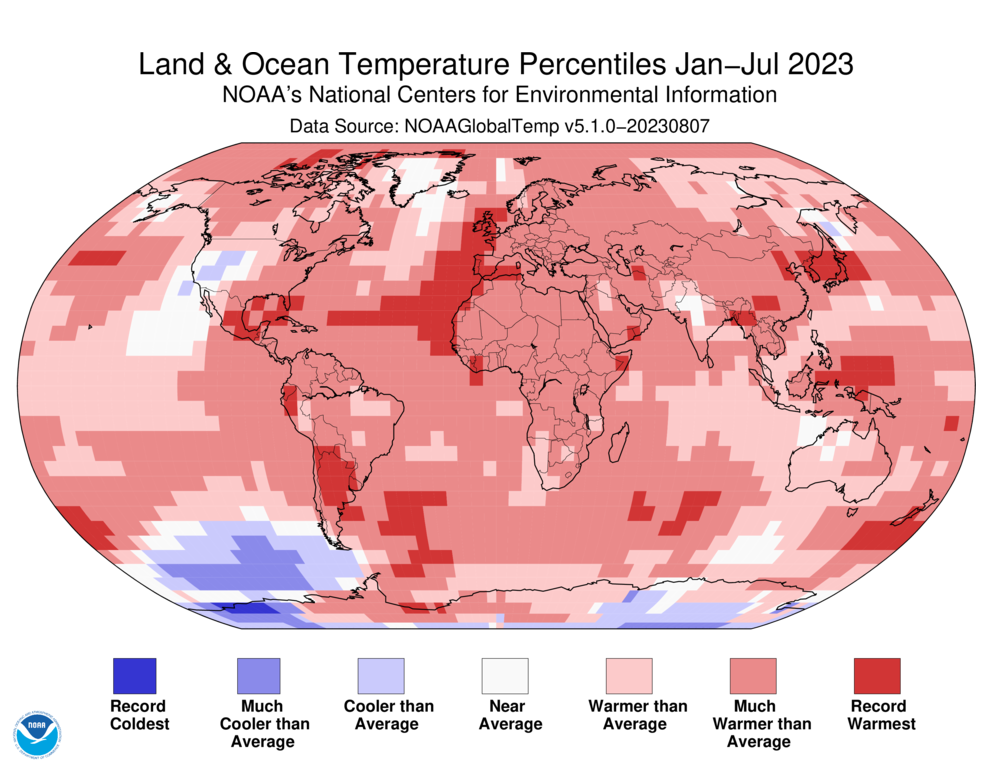
Looking forward
Here are your 6-10 day temperature and precipitation outlooks.
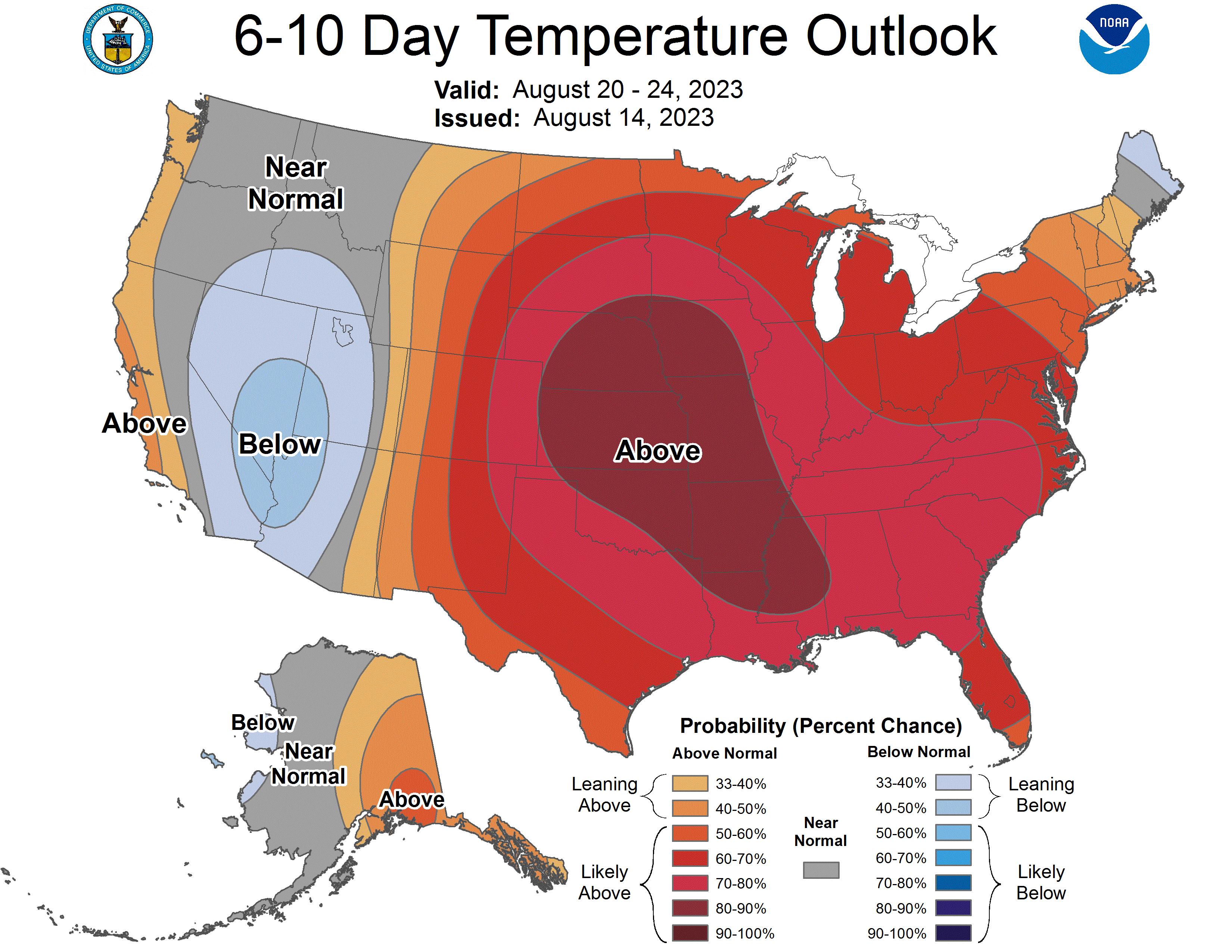
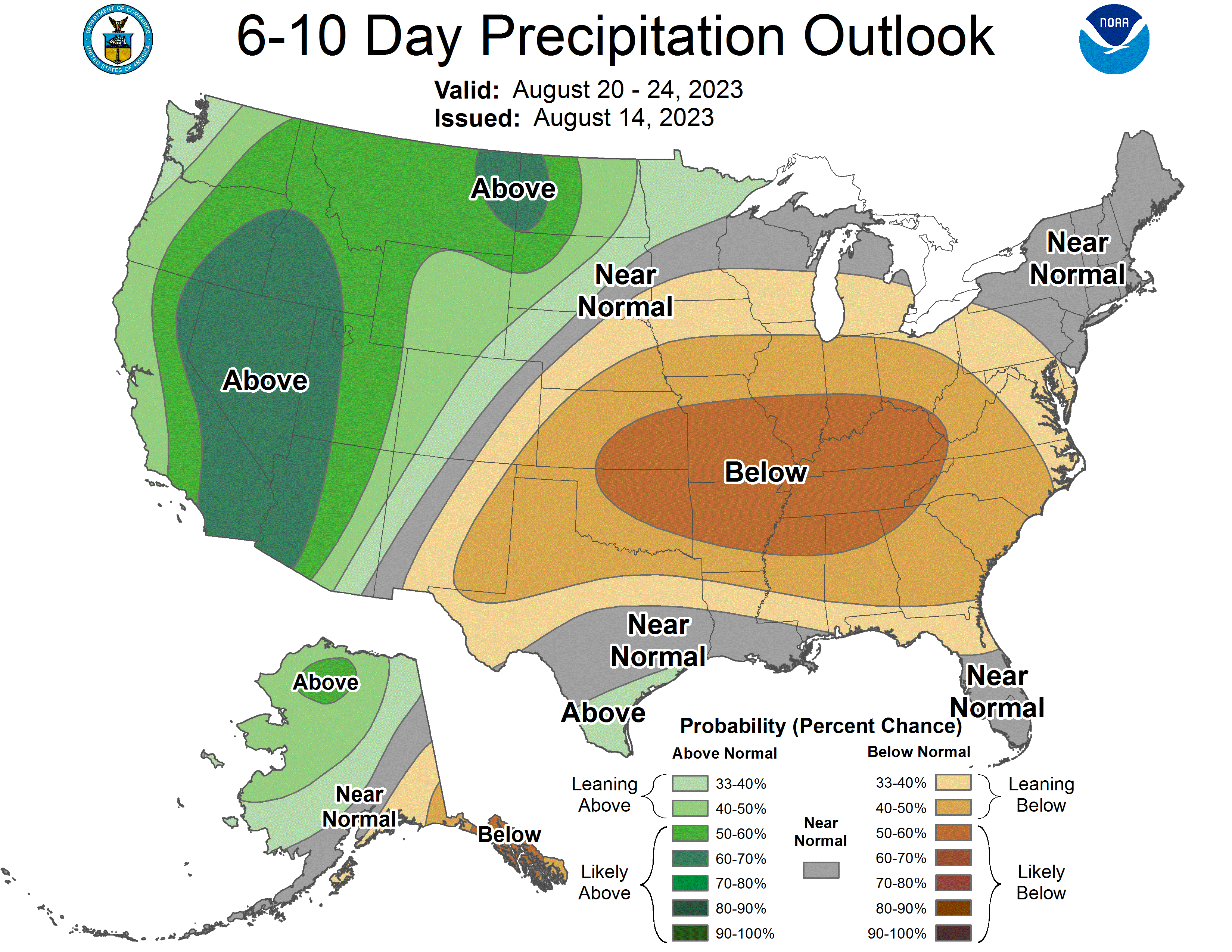
Checking in with El Niño
It’s still on fam. I’ll let Daniel Swain do the updating this time, but if you want an in-depth update, check out the ENSO Blog.
El Niño continues to intensify in the tropical East Pacific, and by all accounts it’s looking like a doozy of an event. NOAA projections now formally call for a >95% chance that El Niño conditions persist through winter, and (more importantly for a CA winter precipitation perspective) >66% odds that the event will become a strong one. Seasonal predictive model ensemble are already depicting greatly-above-baseline odds of a wet winter across most of CA during 2023-2024–a signal that’s likely coming almost exclusively from the high likelihood of a strong, east-based event this year.
Source: https://weatherwest.com/archives/29215
Substack posts I’m reading
Some amazing photos in this recent post from Twisted Pixels.
And a great article talking about the Hunga-Tonga volcanic eruption and its impacts.
That’s it for now
See you next time weather fam 💙!
I’ll leave you with some photos from the last ~1.5 weeks.
